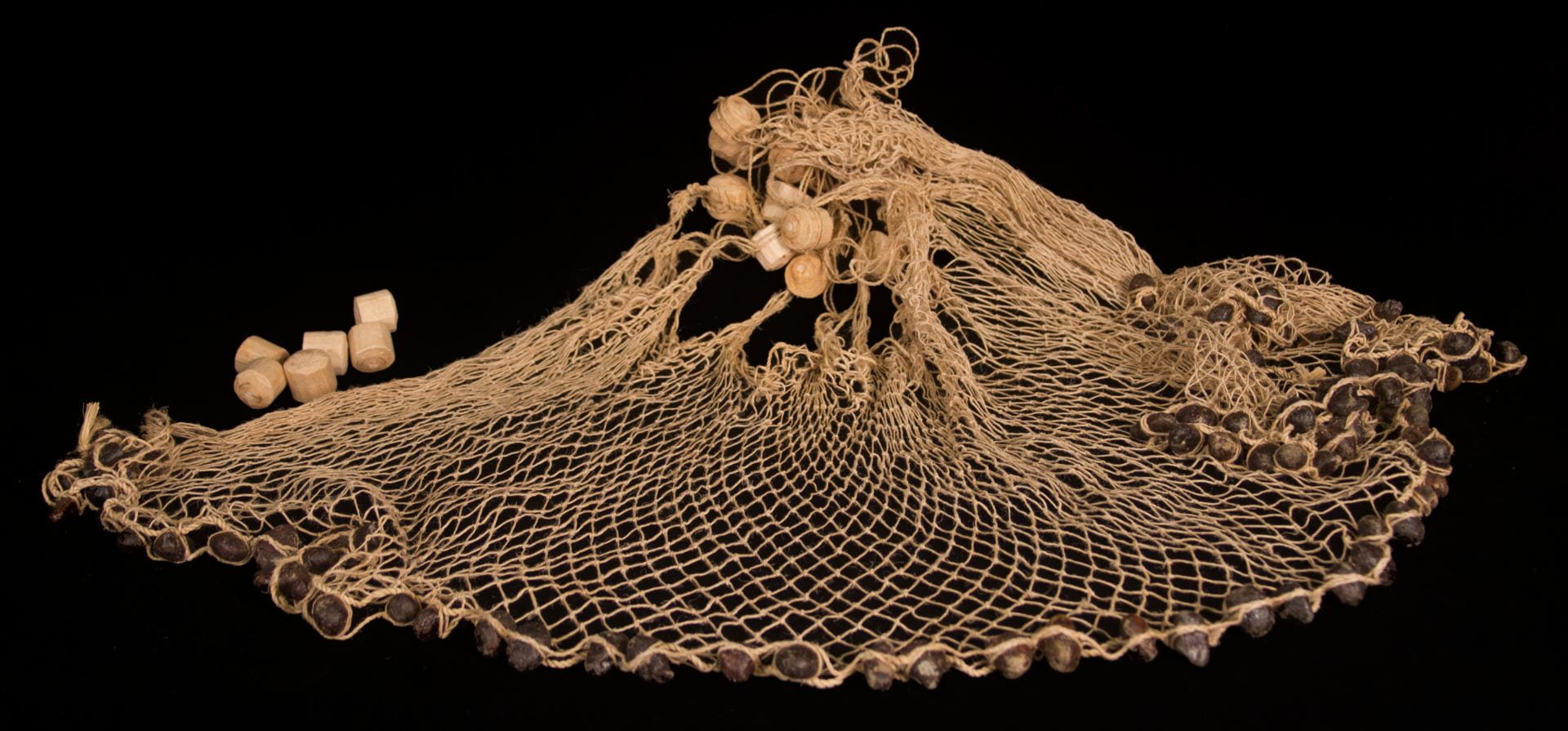Personal adornments and hunting implements are often considered to be extensions of a person. As such, they can carry the life force of their owner. Moreover, among some indigenous communities in Amazonia, it is believed that once objects are created, they sometimes acquire a personhood of their own and follow their own social destiny as independent beings. (Santos-Granero 2013)
Ethnographic information by Norman E. Whitten




Jalingas or shoulder slings are standard “dress up” wear for Canelos Quichua, Shuar, and Achuar peoples of Amazonian Ecuador. Once used primarily in festivities they are now worn at all political meetings, and even on a daily basis in urban areas such as Puyo.


Achuar combs are made and used by men who work on them meticulously for an hour or two before dawn, at a time when men gather to talk and drink huayusa (infusion made of the lex guayusa tree leaves) before women serve chicha (manioc beer) and breakfast.

Serbatanas or blowguns are made of chonta (ironwood) and can reach a length of up to 12-14 feet. Blowguns are sometimes acquired from specialists in other communities, but dart quivers or matiris are made exclusively by the user and are hardly ever traded or sold.
Curare, a paralytic made from a tree vine, is used to poison the tips of the darts.

This fishing net was acquired from the maker in Pacayacu. Round casting nets are called atarrayas and rectangular nets drawn across streams are known as licas. Although people in other areas of the Canelos Quichua territory radiating out northward from the Bobonaza River make nets from time to time, the Pacayacu nets with stones coated in black beeswax (pungara) are among the finest.